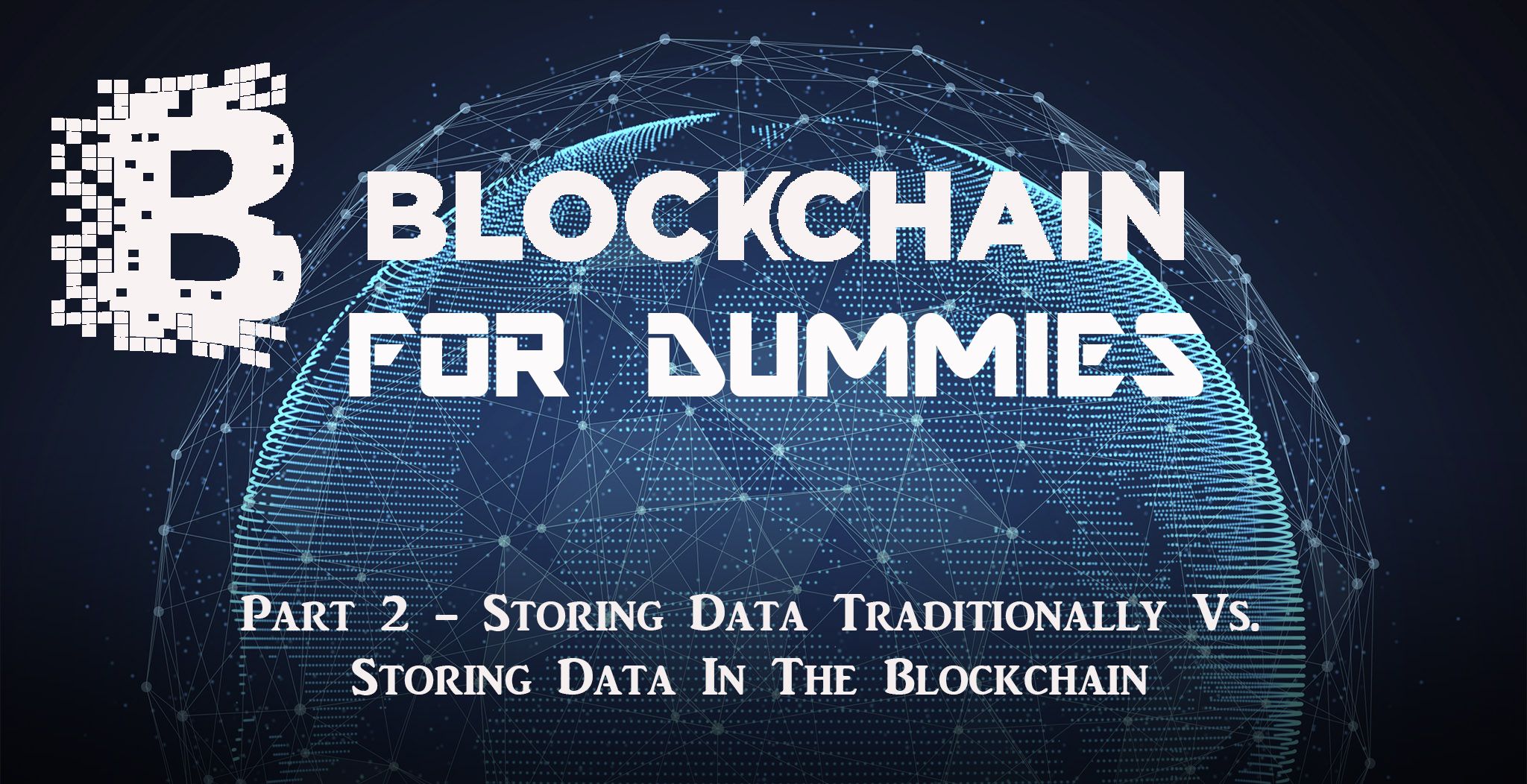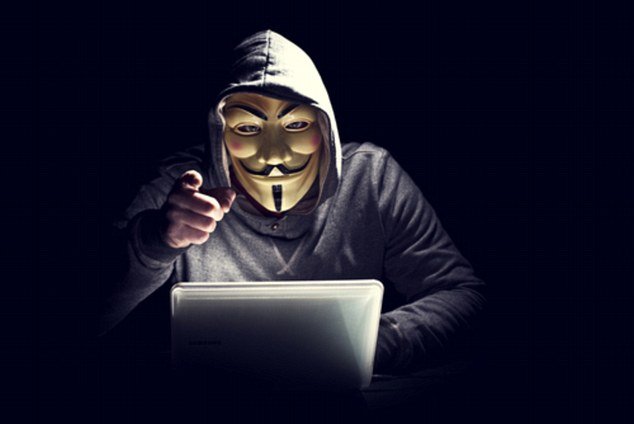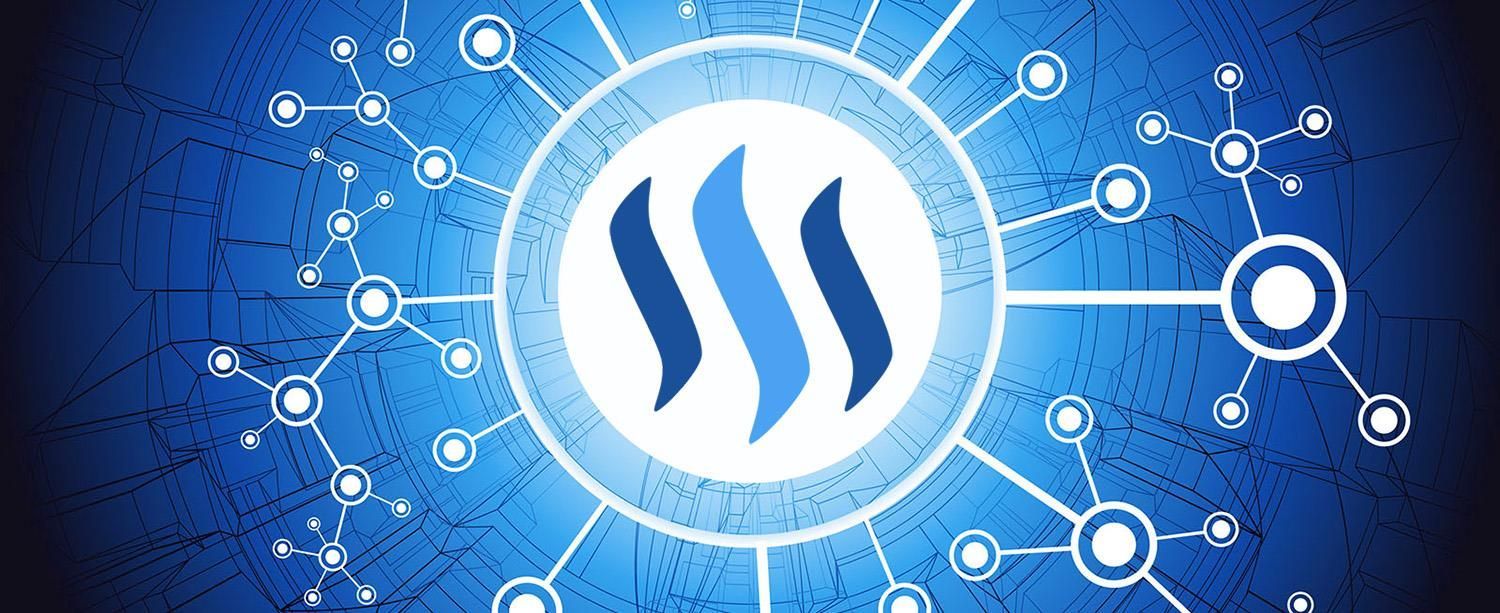Blockchain for Dummies: A starter's guide to understand the Blockchain Part 2 - Blockchain Vs. Traditional Data Storing
Traditionally, data storage is a bit of old school when it comes to storing and security. Usually, it is stored on one computer (or one server) and locked behind a very secure system. A backup computer or server is usually in place.
What are the advantages?
Lets take a look at the advantages of storing data this way:
- Data can only be accessed by the authorized person. Data can only be removed or changed only by the said authorzation.
- Firewalls are put in place for the safety of the data and they do a decent job in offering safety to the server and the data in it.
What about the disadvantages?
- The biggest problem in the traditional way of storing data is that it is all located in one place. Any hacker who gains access to this system has access to all the information.
- It then becomes very easy for them to steal information or change data legitimately (because they have hacked your password).
The biggest danger can be locking out of authorized users from the system. - Another problem of central data storage is that anyone with access to the server can tamper with the data, steal information or delete records.
- The firewall system may not be resistant enough to someone with the hacking know-how.
Can Blockchain save the day?
Yes, it can!
As you would have read in the first part of the Blockchain For Dummies: A Starter guide to understand the blockchain, there are many advantages to using the blockchain for storing data. Let's recall them:
- In the blockchain, information is stored as blocks of data, the database being distributed across many different computers.
- Each entry into the blockchain is timestamped and organized chronologically. Thus, unauthorized tampering (or even authorized tampering) of data is impossible.
- Since each block of data is associated with the previous block, it is difficult to delete or remove any information from the block. If re-altering the blocks is necessary, all the witnesses of the blockchain need to approve the change.
- All data added to the blockchain is verified. Thus any and all transactions to the chain must be approved. This adds an extra layer of safety to such activities.
- Transactions made on the blockchain are verified by the blockchain itself. This eliminates the need for a third party verification, and thus, eliminates a risk.
Are there any disadvantages of the blockchain?
- One of the would be disadvantages of the blockchain would be the visibility of the data and a user to any and all users of the blockchain. Private details can still be kept private with a unique identification address that the user controls. (just as you can see each and every user on Steemit, and track their posts all the way to the beginning)
- User data is permanent. Once something is approved to be on the blockchain, it remains there forever. (Once you submit something on Steemit, it is there permanently! So watch out!)
How does the blockchain work?
I will write about the workings of the blockchain in my next post, but let me tell you the few steps that are involved in the blockchain when a user adds data.
The blockchain works in the following way:
- Data upload
- Data verification
- Consensus on verification
- Addition to the blockchain
- Consistent with the previous entry
- Transaction Verification
That concludes the second part on the Blockchain for Dummies: A starters guide to understand the Blockchain. In the next part, I will write more on how the blockchain works and about the process involved when a user submits data to the network.
Cheers!
If you like my work, please upvote, comment and resteem or share it with your friends. Please follow me @thebatmanbiker.
You can check out the first post in the Blockchain for Dummies series via the link below.
Check out some of my other travel stories and articles from my Steemit blog via the links below:
The basics of riding a motocross bike
Solo backpacking adventure across UK - Exploring London
If you are a millennial, what cartoons did you watch as a kid?
Follow my steepshot account @lifewithanr3
Image sources:





Thank you for this informative post, Really helpful and well written @thebatmanbiker
Thanks for reading, do check out the first part and follow for more posts in the series. Cheers!
Thanks for the post. A good intro to blockchains.
You missed the biggest security advantage, at least in my opinion. If two people make transactions using a blockchain, they do not have to trust a third party. A third party is always a security risk.
No time to write more, as I have to read part one now …
Cheers.
Correct, no third party verification is necessary. It is another additional layer of safety to the network. Thanks for commenting, cheers! :)
Thanks. A very good intro to Blockchains.
Thanks for commenting! I'm glad you liked the post! :)